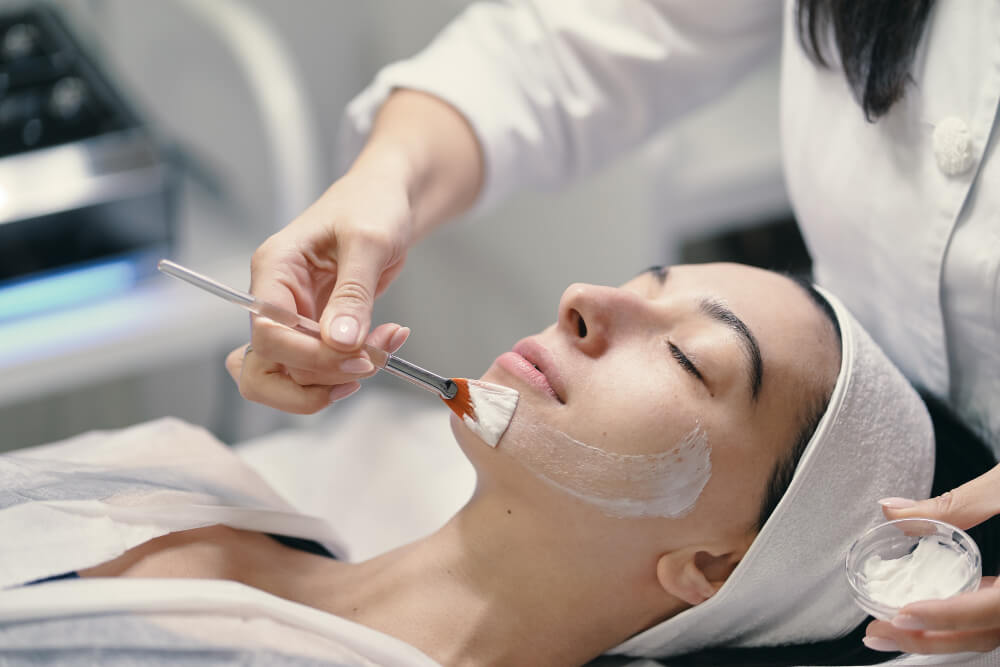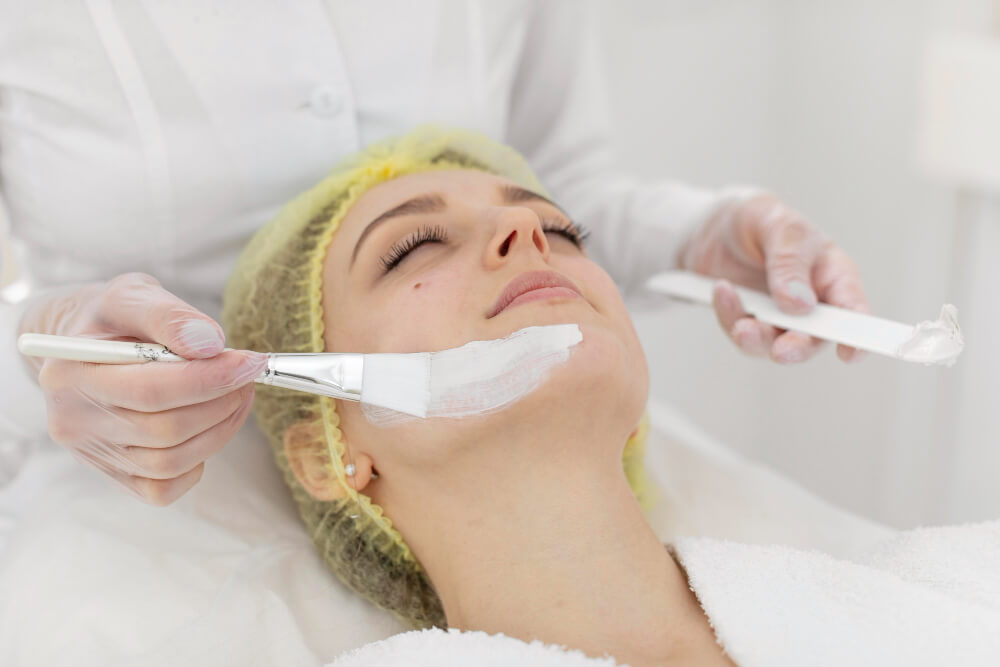Erasing Imperfections: A Guide to Scar Removal
Scars are an inevitable part of life, resulting from injuries, surgeries, or acne. While they are a natural part of the healing process, they can often be a source of concern for many individuals. Advances in aesthetic medicine have led to the development of numerous scar removal treatments, offering hope for those seeking to improve their skin’s appearance.

Understanding Scars
Scars are formed as the body’s natural response to skin injury, producing collagen to repair damaged tissue. The type and severity of a scar depend on various factors, including the cause of the injury, its depth, and individual skin healing characteristics.
Types of Scars
- Hypertrophic scars: Raised, thick scars that extend beyond the original wound boundary.
- Keloid scars: Overgrown scars that extend beyond the original wound and continue to grow.
- Contracture scars: Scars that tighten and restrict movement.
- Acne scars: Indentations or raised areas caused by past acne breakouts.
Non-Invasive Scar Treatment Options

Numerous non-invasive treatments can effectively improve the appearance of scars:
- Silicone-Based Products Silicone gels or sheets can help flatten and soften scars, reducing their visibility.
- Topical Treatments Over-the-counter creams and ointments containing ingredients like vitamin E, cocoa butter, or onion extract may help improve scar appearance.
- Microneedling This procedure involves creating tiny punctures in the skin to stimulate collagen production and improve scar texture.
- Chemical Peels Exfoliating the skin can help reduce the appearance of superficial scars.
- Laser Therapy Specific laser treatments can target scar tissue and improve skin texture.
Invasive Scar Removal Procedures
For more severe or stubborn scars, surgical or invasive procedures may be considered:
- Subcision This technique involves releasing the fibrous bands beneath the scar to improve its appearance.
- Excision Involves surgically removing the scar and closing the wound with stitches.
- Dermabrasion A controlled scraping of the skin’s surface to remove the top layer of scar tissue.
- Steroid Injections Corticosteroid injections can reduce inflammation and help flatten raised scars.
Preventing Scar Formation
While it’s impossible to completely prevent scar formation, certain measures can help minimize their appearance:
- Protecting the Wound: Keeping the wound clean and covered with a sterile dressing can promote healing.
- Moisturization: Applying a gentle moisturizer to the healing wound can help prevent dryness and scarring.
- Sun Protection: Shielding the scar from sunlight can prevent discoloration and further damage.
- Early Treatment: Seeking medical attention for injuries can help prevent scar formation or minimize their severity.
Psychological Impact of Scars
Scars can have a significant impact on a person’s self-esteem and body image. Seeking support from friends, family, or a mental health professional can help manage emotional challenges associated with scars.
By understanding the different types of scars and the available treatment options, individuals can make informed decisions about improving their skin’s appearance and overall well-being.
Additional points to consider:
- The importance of consulting a dermatologist or plastic surgeon for personalized treatment recommendations.
- The role of patient expectations and realistic outcomes in scar treatment.
- The potential for combining different scar treatment modalities for optimal results.
- The importance of sun protection to prevent further damage to scarred skin.
- The ongoing research and development in scar treatment technologies.
